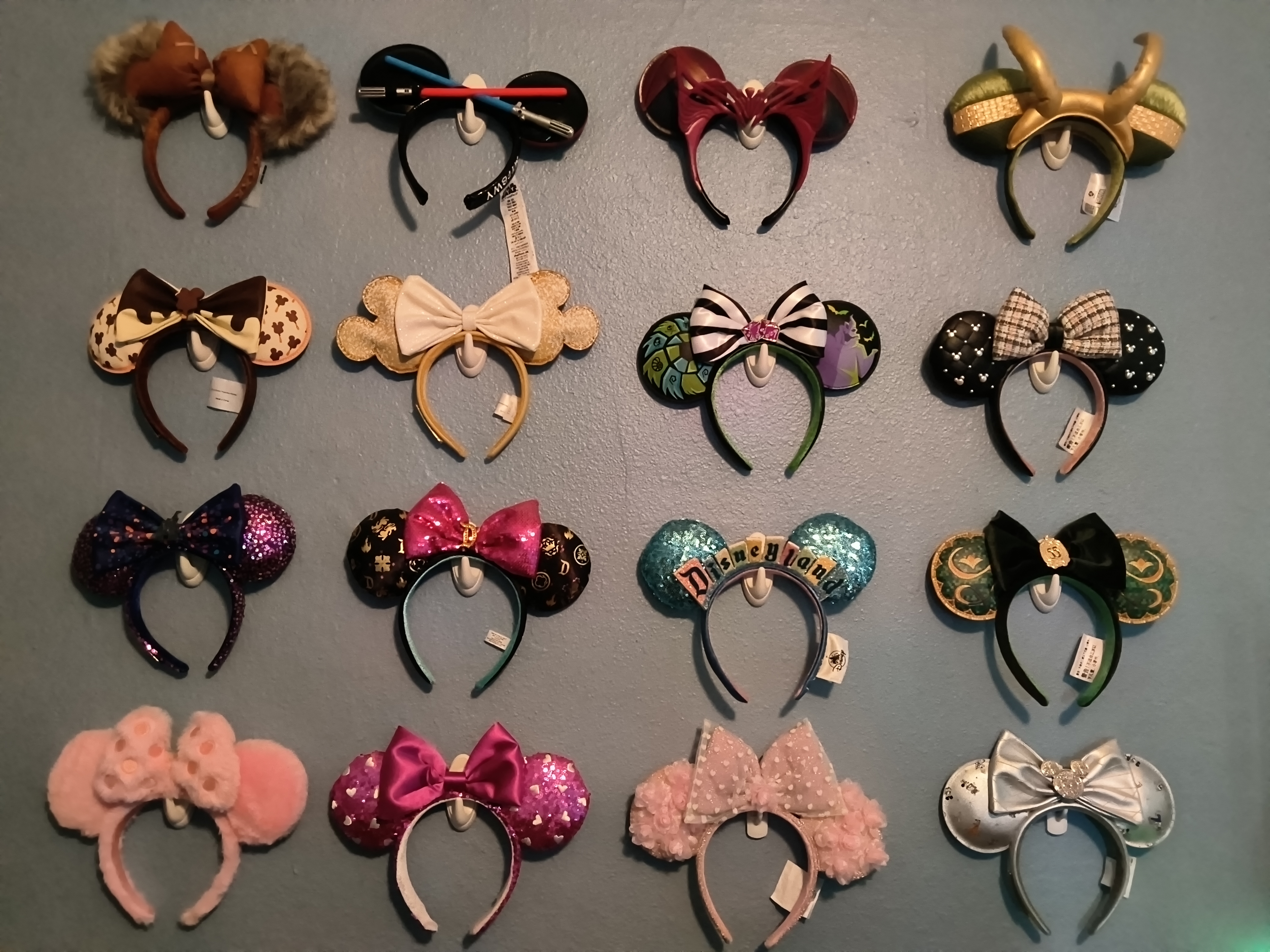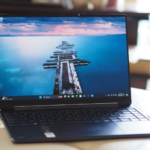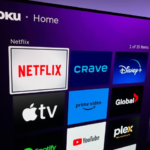
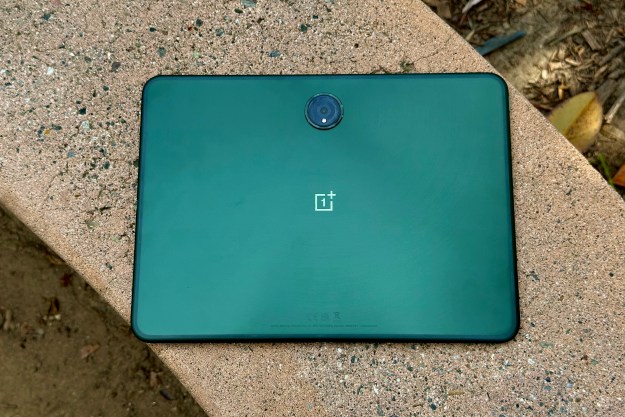
“OnePlus certainly made a bold statement with the premium design of its OnePlus Pad, from the color and unique finish to the interesting camera placement. While the software is mostly good, there are some shortcomings.”
Pros
- Bold and unique design
- Fun green color
- Sharp and vibrant LCD display
- Up to 144Hz refresh rate
- Gets 3 years of Android upgrades
- Fast performance
Cons
- Low-quality cameras
- Odd placement of the rear camera
- Some software quirks
In the world of tablets, there’s pretty much one dominant product: Apple’s iPad. There are plenty of Android tablets available as well — from the likes of Lenovo, Samsung, and others. But for the most part, they typically don’t hold a candle to the iPad.
OnePlus, a premium Chinese brand that is also a sister brand of Oppo, is one of the smaller companies in terms of Android device manufacturers. Though it just released the OnePlus 11 this year, a lot of people still think of other Android smartphones first, such as Samsung’s Galaxy S23 or Google’s Pixel 7 lineups. Still, OnePlus is a reputable brand, just a little smaller than the likes of Apple, Samsung, and Google.
There have been rumors floating around for a few years that OnePlus was going to enter the tablet market, and that time has finally come. Though it was originally expected in 2022, the OnePlus Pad is finally available, missing the original expectation by a few months. This is OnePlus’ answer to the iPad (or maybe the iPad Pro), so how does it fare against the competition?
Long story short, the hardware itself is fantastic … but there are still some shortcomings when it comes to the software side.
OnePlus Pad: design

The design of the OnePlus Pad is definitely distinctive, making it one of the more unique tablets on the market. It’s a unified metal body with cambered frames and 2.5D round edges, giving it a super slim and thin profile. Despite that fact, it’s surprisingly lightweight and comfortable to hold, even for extended periods.
My favorite part of the OnePlus Pad is the color that it comes in: Halo Green. A lot of tablets on the market come in the same usual colors, like black, white, gold, etc. But the OnePlus Pad comes in a unique Halo Green, which is reminiscent of a sage green shade. Think of the Midnight Green iPhone 11 Pro or Alpine Green iPhone 13 Pro — it’s along those lines.
The OnePlus Pad is one of the more unique tablets on the market.
The back of the OnePlus Pad is incredibly sleek, featuring a brushed metal look with curvatures in the lines that seem to emanate from the centered camera placement. Think of the grooves on a vinyl record — that’s how the OnePlus Pad’s brushed metal looks. OnePlus’ signature logo is etched in the center, and the single, rather large 13MP camera lens is right above the logo, also centered.

I thought the decision to have the camera centered is a rather peculiar design choice. However, OnePlus makes the argument that it’s for symmetry, especially when capturing landscape images. With a centered camera, the user doesn’t have to adjust when holding the OnePlus Pad.
If it wasn’t already clear with the camera position, the OnePlus Pad is primarily meant to be used in horizontal landscape orientation. The front-facing camera is also placed along the longer side of the display, pretty much on the other side of the rear camera.
When using the OnePlus Pad in the natural, horizontal position, you’ll find the power button at the top of the left edge and the volume buttons on the top left edge (adjacent to the power button). On the right edge is where you’ll find the USB-C charging port. There are dual speakers on both the left and right sides, giving a stereo surround sound experience.
At the bottom (the longer side) is a three-point pogo pin connector for the OnePlus Magnetic Keyboard, sold separately. The top edge also has a magnetic spot for the OnePlus Stylo.

The keyboard is kind of a mashup between Apple’s Magic Keyboard Folio and the Smart Keyboard Folio; it doubles as a protective case for the front and back of the device, features a slot to connect and angle the OnePlus Pad, and it even has a trackpad. The keys themselves have decent travel when pressed and feel good as you type, though I personally prefer mechanical keyboards overall.
The OnePlus Stylo clearly resembles Apple’s second-generation Apple Pencil, with a mostly round cylindrical shape with one flat side for magnetically attaching to the tablet. Aesthetically, the main difference between the Stylo and the Pencil is the fact that the Stylo features a flatter top and a shorter nib.
It’s very obvious that the OnePlus Stylo and Magnetic Keyboard are trying to imitate Apple’s accessories. In fact, I believe the OnePlus Pad could be considered an iPad Pro competitor due to the 11-inch size and magnetic stylus and keyboard attachments. However, the price point (and primary horizontal use) definitely makes this appear more like a 10th-generation iPad competitor.
OnePlus Pad: display and performance

The OnePlus Pad has an 11.61-inch LCD display with a 2800 x 2000 pixel resolution and an interesting 7:5 aspect ratio. Brightness goes up to 500 nits, which isn’t the most bright, but for my typical use of social media, email, writing, and watching streaming services, it was good enough. The 500 nits brightness isn’t going to do you much outdoors in direct sunlight, however.
The most impressive part of the display is the refresh rate, which goes up to 144Hz. This refresh rate is even higher than most high-end premium smartphones and tablets — like Apple’s ProMotion display that goes up to 120Hz, or Lenovo’s Tab P11 Pro Gen 2 that also goes up to 120Hz. With the 144Hz refresh rate of the OnePlus Pad, you’ll find buttery smooth scrolling and animations during resource-intensive games and other apps. However, this 144Hz setting will only work with select apps which have not yet been named. For the most part, the device will be using the 120Hz refresh rate setting, which is still very good.
Even though it’s an LCD display, during my time with the OnePlus Pad, the display looked sharp and crisp. Colors are bright and vivid, blacks look deep and rich — kind of on par with Samsung’s smartphones with those punchy hues. The OnePlus Pad has support for Dolby Vision and Dolby Atmos surround sound, making this a great tablet for media consumption.
OnePlus geared the OnePlus Pad with 8GB LPDDR5 RAM, 128GB UFS 3.1 storage, a MediaTek Dimensity 9000 chip, and ARM G710 MC10 GPU. Though the OnePlus 11 uses a Snapdragon 8 Gen 2 chip, which is the latest iteration of Qualcomm’s flagship chipset, the MediaTek Dimensity 9000 is nothing to sneeze at, as it’s one of the more high-end chipsets from MediaTek.
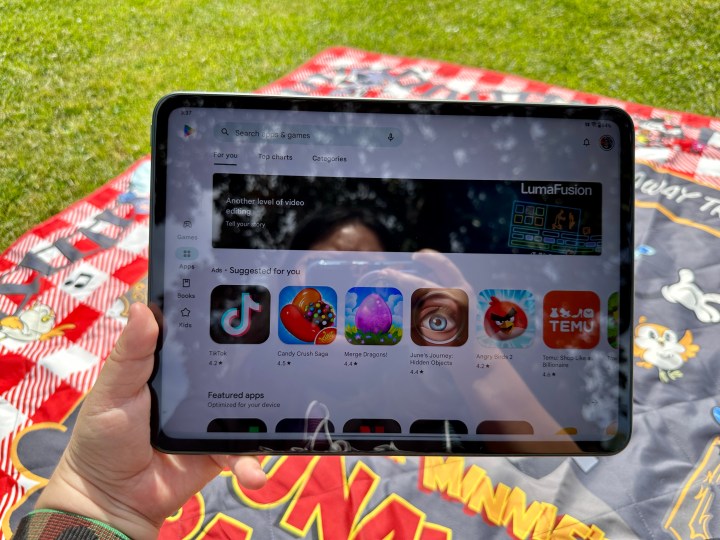
In fact, OnePlus has made a big deal about how the OnePlus Pad can have up to 24 live apps going on at once. However, I don’t even run 24 apps at once on my 27-inch iMac at home, so I have not even come close to 24 apps on the OnePlus Pad. But I have tried running multiple apps at once with the OnePlus Pad and pretty much have had no problems at all. Everything seems to run smoothly with no stuttering, and switching between apps is seamless.
During my time with the OnePlus Pad, I have used the device to do research and write up articles for work, play some games, check my email and social media, use Microsoft Teams, and do some light editing in Google Photos. I have yet to encounter any lag or stuttering when using the tablet, and everything is just crisp and smooth. Gestures for multitasking are also pretty intuitive, working similarly to iPadOS.

The OnePlus Stylo also works similarly to the Apple Pencil. It charges up when it’s magnetically attached to the OnePlus Pad, and it pairs up just as easily. I’m definitely not an artist, so I can’t use the Stylo to its full potential, but I tried it out for some quick little doodles and handwritten notes, and it’s quite nice. There’s no real delay with only 2ms latency, and it feels like an actual pen/pencil with the support for up to 60-degree tilting. It can also detect 4,096 levels of pressure, which is definitely more important for artists. You can even double-tap it to switch tools in certain apps, like a pen and eraser in notes.
I have yet to encounter any lag or stuttering when using the tablet.
I did use the OnePlus Stylo also for navigating around the OnePlus Pad and noticed a hover-like feature that’s quite nice. Basically, when it’s close enough to the screen without actually touching it, the Stylo can highlight something to indicate that’s what you’re hovering over.
In Microsoft Outlook, it can highlight the folder, or if you do it over a message in the inbox, a little pop-up box appears, providing you with an expanded preview of the message contents. Google Photos also supports this feature by highlighting what you’re about to select before you tap it. Not everything supports it, but it’s nice to have in the apps that do.
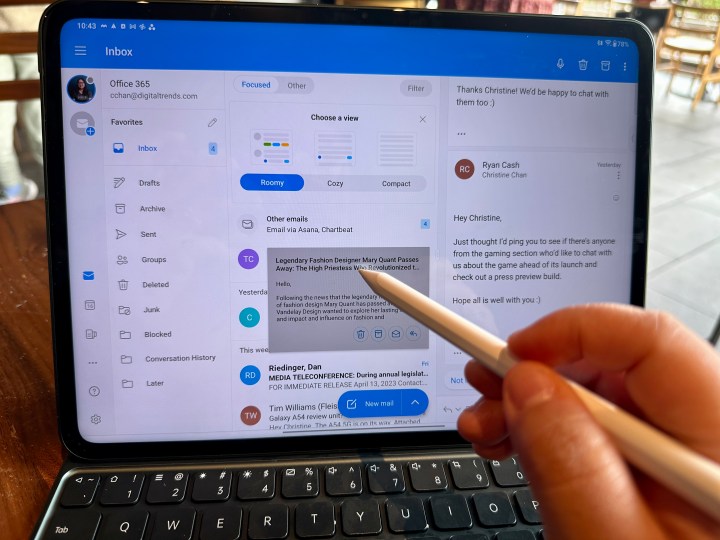
Between the two accessories for the OnePlus Pad, I personally have gotten more use out of the OnePlus Magnetic Keyboard. It connects to the OnePlus Pad via the three-point pogo pin at the bottom, and once it’s connected, you can start typing and using the trackpad immediately.
The trackpad feels good to use, and there’s pretty much no latency between your finger movement and the cursor. I still prefer mechanical keyboards, but the standard flat keys on the OnePlus Magnetic Keyboard have decent travel and feel — typical for this style of portable keyboards and cases.
OnePlus Pad: software
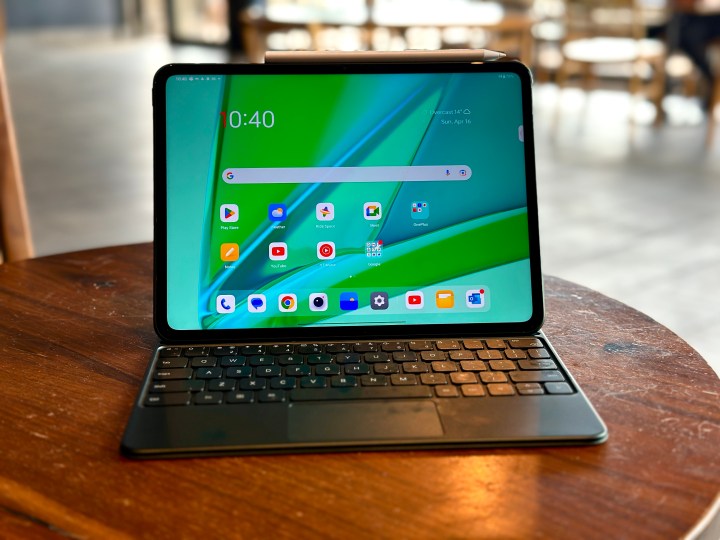
The OnePlus Pad ships with OxygenOS 13, which is OnePlus’ custom interface based on Android 13 that also began rolling out on OnePlus phones this year. As such, you’ll get all of the features that OxygenOS has to offer, including the useful and productive split screen mode, allowing you to use two apps side by side.
For the most part, the software on the OnePlus Pad runs smoothly, but I did encounter some oddities here and there. Since the OnePlus Pad is designed for horizontal landscape use, especially with the keyboard, that’s the primary way I’ve been using it. However, when I open some apps, like Facebook, they seem to only work in vertical portrait orientation. The Google Wallet app is also pre-installed out of the box. Between this and the odd behavior of some applications, it’s almost like Android sees the device as a phone rather than a tablet. It’s very strange.

Another weird bug I’ve come across is with the Disney+ app. While I am able to sign in, browse the content library, and even view details of movies and shows, I can’t seem to play anything. Whenever I attempt to, it just gets stuck on the loading screen with the spinning circle. This made me think the service was down, but that’s not the case when I’m able to stream something on my iPhone 14 Pro at the same time. I’m not really sure what’s going on there, but it feels like a OnePlus Pad problem rather than a Disney+ one.

OnePlus has confirmed that the OnePlus Pad will receive three years of Android software upgrades and four years of security updates. While this is not as long as the support you’d get with an Apple iPad, this is still a very good guarantee from OnePlus, considering that this is its first tablet.
Samsung’s Galaxy Tab S8 is a tiny bit better, with three years of software upgrades and five years of security patches, but OnePlus’ offering is nothing to turn your nose up at.
OnePlus Pad: cameras

I would never recommend anyone use a tablet as their primary camera unless they absolutely have nothing else. It’s large and unwieldy to use a tablet as your camera, especially when out in public places. Seriously — just use your smartphone!
The OnePlus Pad comes with a 13MP rear shooter and an 8MP front-facing camera. The rear camera, which is again positioned smack dab in the center, is fine if you need to snap a photo here and there. I would imagine that this would work best for those times when you need to take a photo or scan a document, though, rather than family vacation photos.
The 8MP front-facing camera is, well, not great. It’s very evident that there’s going to be a lot of loss of details in the image, and it just doesn’t look good at all. The selfie mode in the Camera app will attempt to blur the background to create a portrait, but even in the viewfinder preview, it just looks like a blurry dreamscape — not the best.
However, OnePlus has its own version of Apple’s Center Stage feature called Limelight, which will keep you in the frame on video calls even if you’re moving around. Still, that 8MP selfie camera won’t be doing you any favors as far as appearance.
OnePlus Pad: battery and charging
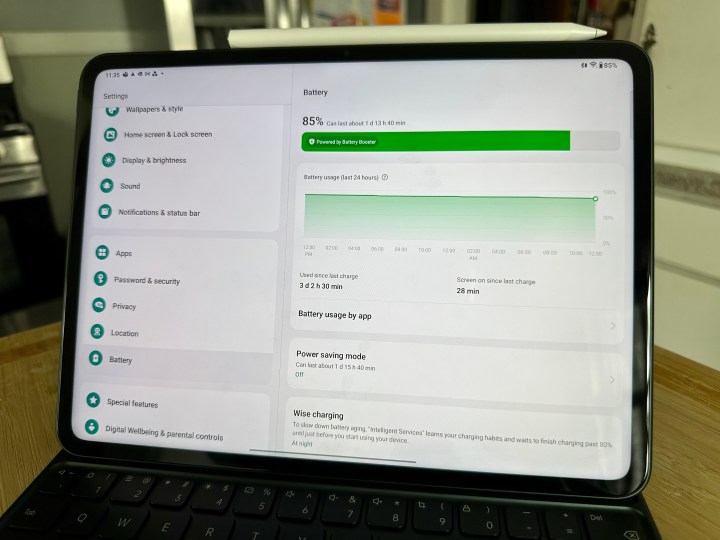
One of the best things about the OnePlus Pad is the battery life. This thing can outlast most other tablets on the market with its monster 9,510mAh battery. OnePlus claims that this large battery can get you 12.4 consecutive hours of video, which is perfect for binge-watching sessions, and about one month of standby. If you don’t have accessories connected and no background apps running, the battery life can jump up to 50 days.
OnePlus provides a SUPERVOOC power adapter with the OnePlus Pad, which has charging speeds of up to 67W. In one hour, you get about 86% (from zero) charge, and in 80 minutes will go from zero to 100%. Considering the large size of the battery, this is pretty impressive, and even more so when you don’t even need to plug it in that often.
One of the best things about the OnePlus Pad is the battery life.
I’m honestly a pretty light tablet user, as I mostly spend my days on a computer or a smartphone. So, a full charge of the OnePlus Pad has lasted me about a full week of use. I used it occasionally to write articles, play some casual puzzle games, browse the web and read news, check social media, and let my husband use it for watching the NBA playoffs on YouTube TV while playing video games on the PlayStation 5.
I’d imagine that if you plan on using the OnePlus Pad as your primary work or personal media consumption device, it may not last as long as over a week straight. Still, with that large 9,510mAh battery, you should be able to get at least a few (2+) days of heavy use out of it.
OnePlus Pad: price and availability
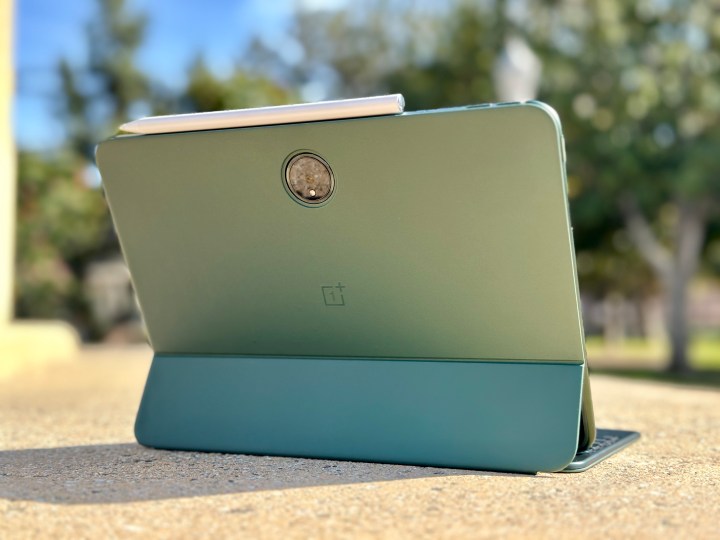
The OnePlus Pad is available directly from OnePlus’ website for $479. It only comes in one color (Halo Green) and has an 8GB RAM/128GB storage configuration. Orders placed with OnePlus will begin shipping on May 8, and Amazon availability will be around late May.
If you plan on equipping the OnePlus Pad with accessories, all of them will be sold separately. The OnePlus Magnetic Keyboard is $149, and the OnePlus Stylo is $99. I didn’t get to try the third accessory, but it’s a OnePlus Folio Case, which will be $39. For my testing kit, which includes the OnePlus Pad, OnePlus Stylo, and OnePlus Magnetic Keyboard, it will cost you around $727.

Though the OnePlus Pad seems to be competing with the 11-inch iPad Pro with its similar sizing, I think it’s fair to say that it’s more of a 10th-generation iPad competitor instead due to the price tag. The devices are also more similar since they’re both designed for landscape orientation with the front-facing camera placement and even have the Center Stage/Limelight features. But in reality, it’s hard to recommend the OnePlus Pad over the 10th-generation iPad, especially considering the software side of things, as well as the price ($449 instead of $479). And let’s not forget the fact that the iPad even has a 12MP front-facing camera, which easily beats the 8MP of the OnePlus Pad.
But if you don’t want to use iPadOS, there are other decent Android tablets you can get for a similar price point to the OnePlus Pad. For example, there’s the Samsung Galaxy Tab S8. Starting at $455 from Samsung’s website with an eligible trade-in, you get the same 8GB RAM/128GB storage configuration as the OnePlus Pad, but you have three colors to choose from, and you can upgrade the storage to 256GB. It uses Snapdragon 8 Gen 1, and Samsung also includes a free S Pen with the Galaxy Tab S8 purchase. So you do get a little more bang for your buck, though a keyboard attachment will be separate, and it only has an 8,000mAh battery.
Have less money to spend? The Lenovo Tab P11 Pro Gen 2 and Lenovo Tab M10 Plus Gen 3 aren’t quite as technically impressive as the OnePlus Pad, but they deliver good Android tablet experiences for significantly less cash.
OnePlus Pad: verdict
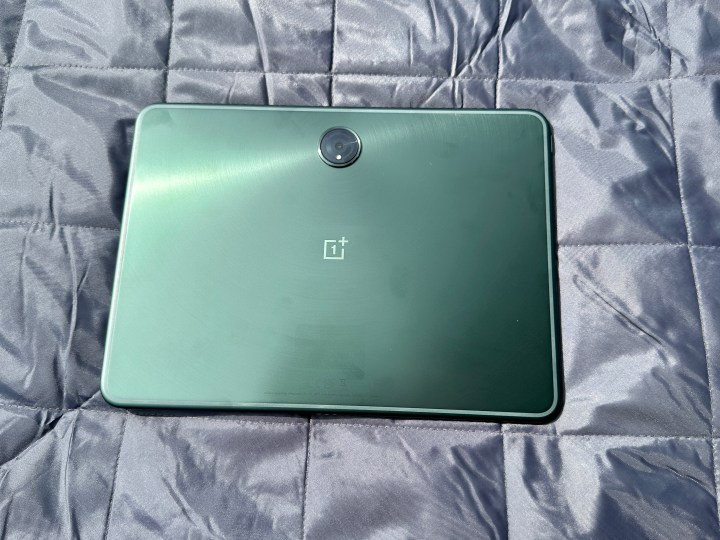
For a first attempt at the tablet space, the OnePlus Pad is solid. It stands out among a sea of tablets with a unique and distinctive look thanks to the Halo Green color and brushed metal aesthetic. Even though it’s an 11-inch tablet with a unified metal body, the OnePlus Pad is quite comfortable to hold for prolonged sessions thanks to the curved edges. And with that massive battery, you don’t really need to worry about running out of power!
It seems that a lot of tablets are also being made for horizontal use, and the OnePlus Pad clearly shows that. The centered camera on the rear is an interesting design choice, though, but having the front-facing camera on the longer side just makes sense, especially for video calls with Limelight. Just don’t expect high-quality photos and video with either, especially the front, since they’re just 13MP and 8MP, respectively. But for those times you need to take a quick photo or video call, they’re okay in a pinch.
The specs for the OnePlus Pad are pretty good for the price you’re paying, especially with that display with up to 144Hz refresh rate. And while the software is okay for the most part, it still has some quirks, which is to be expected of most Android tablets. Again, I’m not sure if it’s the developer of certain apps or something with the OnePlus Pad itself, but hopefully, those issues I had get resolved eventually. Besides those small issues, though, the software works nicely, especially if you need to run multiple apps for work.
The OnePlus Pad isn’t the slam dunk OnePlus may have been hoping for, but if this is just the beginning of more to come, OnePlus is off on the right track.
Editors’ Recommendations


